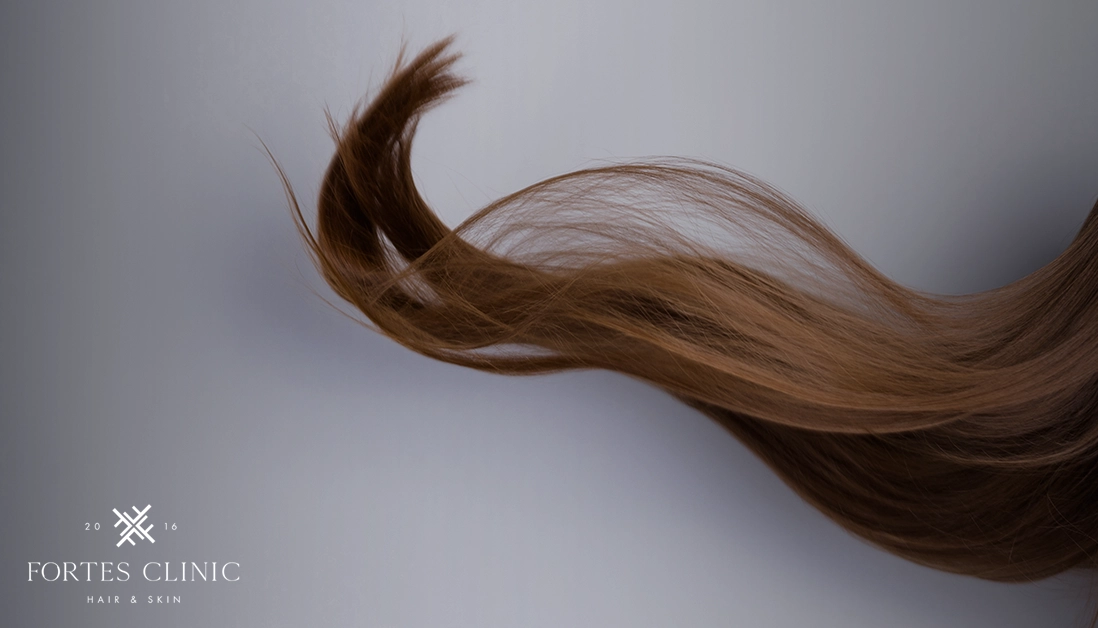Introduction To Our Guide On Hair Transplant For Women
Hair loss in women, often a subject shrouded in silence, carries with it a unique set of emotional and psychological challenges. Unlike men, for whom baldness is more socially acceptable, hair loss in women can be particularly distressing. The advent of hair transplant technology offers a ray of hope, presenting a solution that’s increasingly sought after by women worldwide. This comprehensive guide aims to demystify the process of hair transplantation for women, shedding light on its techniques, benefits, risks, and what one can realistically expect from the procedure.
Understanding the nuances of hair transplantation for women not only empowers those considering this option but also breaks down the taboos surrounding female hair loss. Through this guide, we strive to provide valuable insights and factual information to assist in making informed decisions regarding hair transplant procedures.
Understanding Hair Loss in Women
Causes of Hair Loss in Women
Hair loss in women can stem from a multitude of causes. Genetic predispositions play a significant role, often dictating the likelihood and pattern of hair thinning. Hormonal changes, particularly those associated with pregnancy, menopause, or thyroid disorders, can also lead to significant hair loss. Additionally, medical conditions such as alopecia areata, autoimmune diseases, and the side effects of certain medications contribute to this issue. Environmental factors, including stress and lifestyle choices like diet and hair care practices, further influence the health and longevity of hair.
Techniques for Hair Transplant for Women
The realm of hair transplants has evolved significantly, offering techniques that cater to the unique requirements of women. Understanding these methods is crucial in choosing the most suitable option.
Follicular Unit Transplantation (FUT)
Follicular Unit Transplantation, or FUT, is a method where a strip of scalp, usually from the back of the head, is removed. Hair follicles are then extracted from this strip and implanted into the thinning areas. This technique is beneficial for covering larger areas in a single session. However, it leaves a linear scar and involves a longer recovery period. Women with sufficient donor hair and those requiring extensive coverage may find FUT a viable option.
Follicular Unit Extraction (FUE)
Follicular Unit Extraction, or FUE, involves extracting individual hair follicles directly from the scalp rather than removing a strip of scalp. This method reduces scarring and is less invasive, offering a quicker recovery time. It’s particularly suitable for women who prefer to wear their hair short or are concerned about scarring.
Advanced Hair Transplant Methods
Another innovative approach is Platelet-Rich Plasma (PRP) Therapy, where a concentration of a patient’s own platelets is used to stimulate hair growth. These modern techniques offer alternatives for those seeking minimally invasive options with promising results.
Preparing for a Hair Transplant
Optimal preparation can significantly impact the success and ease of a hair transplant procedure.
Consultation and Eligibility
The first step is an in-depth consultation with a qualified surgeon. This involves an assessment of the hair loss pattern, discussion of medical history, and a realistic conversation about expectations. Not all women are candidates for hair transplants; factors like the quality of donor hair and the extent of hair loss play critical roles in determining eligibility.
Procedure For Hair Transplant for Women
A deeper understanding of what the procedure entails can alleviate apprehensions and prepare women for what to expect.
The Day of the Surgery
On the day of the transplant, the procedure begins with the preparation of the donor and recipient areas. Depending on the chosen method (FUT or FUE), the process varies slightly. In both cases, the patient is given local anaesthesia to minimise discomfort. The surgeon then meticulously transplants each follicle, paying close attention to the angle and direction of growth to ensure a natural-looking result. The procedure can take several hours, depending on the extent of the transplant.
Post-Operative Care
Post-operative care is crucial for a successful transplant and quick recovery. Immediately after the surgery, patients may experience mild discomfort, swelling, and bruising, which typically subsides within a few days. The surgeon will provide detailed aftercare instructions, which may include how to wash the hair, medication for pain and swelling, and guidelines on physical activities. Adherence to these instructions is vital for the healing process and the overall success of the transplant.
Recovery and Results of Hair Transplant For Women
Understanding the recovery process and setting realistic expectations for the results are essential steps in the journey of a hair transplant.
Understanding the Healing Process
The healing process post-transplant occurs in stages. Initially, there is a period of rest where the transplanted hair follicles need to establish themselves. It’s common for the transplanted hair to shed within the first few weeks – a normal part of the process. The real growth typically starts after a few months, with the full impact visible around six to twelve months after the surgery.
Realistic Expectations and Outcome of Hair Transplant for Women
It’s important to have realistic expectations. Hair density, texture, and growth patterns vary from person to person. The outcome of a hair transplant is influenced by the quality of the donor hair, the skill of the surgeon, and how well the post-operative care instructions are followed. While a hair transplant can significantly improve the appearance of hair fullness, it may not replicate the original density of the hair.
Potential Risks and Complications of Hair Transplant For Women
While hair transplants are generally safe, being aware of potential risks and complications is essential for anyone considering this procedure.
Common Side Effects
Post-operative side effects are generally mild but can include swelling, bruising, and discomfort in the treated area. Temporary numbness may also occur. These side effects are usually short-lived and resolve within a few days to a week. It’s important to follow the surgeon’s guidelines to manage these effects effectively.
Managing Complications
More serious complications, though rare, can include infection and scarring. Infection can be prevented with proper wound care and prescribed antibiotics. Scarring tends to be more of a concern with the FUT method due to the strip removal but can be minimised with precise surgical techniques and proper aftercare. If any complications arise, it’s crucial to contact the surgeon immediately for appropriate management.
Why Choose Fortes Clinic for Your Hair Transplant Journey
When considering a hair transplant, choosing a clinic with a stellar reputation, expert staff, and a proven track record of success is paramount. Fortes Clinic stands out as a premier choice for women seeking hair transplant solutions, offering a blend of expertise, personalized care, and advanced technology.
Expertise and Personalised Care
At Fortes Clinic, we understand that each patient’s needs and hair loss patterns are unique. Our team of experienced surgeons and specialists have a dedication to providing personalised care from the initial consultation through to the post-operative follow-up. We take pride in our empathetic approach, ensuring that every patient feels heard, respected, and cared for throughout their journey.
Advanced Techniques and Technology
Employing the latest advancements in hair transplant technology, Fortes Clinic offers both Follicular Unit Transplantation (FUT) and Follicular Unit Extraction (FUE) techniques. Our state-of-the-art facilities ensure that we perform each procedure with the highest standards of safety and precision. We maximise the chances of successful outcomes.
Tailored Hair Transplant Solutions for Women
Recognising the unique challenges and concerns that women face with hair loss, Fortes Clinic offers tailored solutions that address these specific needs. Our team is adept in creating natural-looking results that enhance each patient’s individual beauty and hair characteristics. We focus not just on the technical aspects of the transplant but also on the aesthetic details, ensuring a result that harmoniously blends with the patient’s natural hair.
Support and Guidance
From the moment you step into Fortes Clinic, our commitment to your well-being and satisfaction is evident. We offer comprehensive guidance on pre-operative preparation, detailed aftercare instructions, and support throughout the recovery process. Our goal is to make your hair transplant experience as comfortable and stress-free as possible.
Choosing Fortes Clinic means entrusting your hair transplant journey to a team that values excellence, patient satisfaction, and transformative results.



